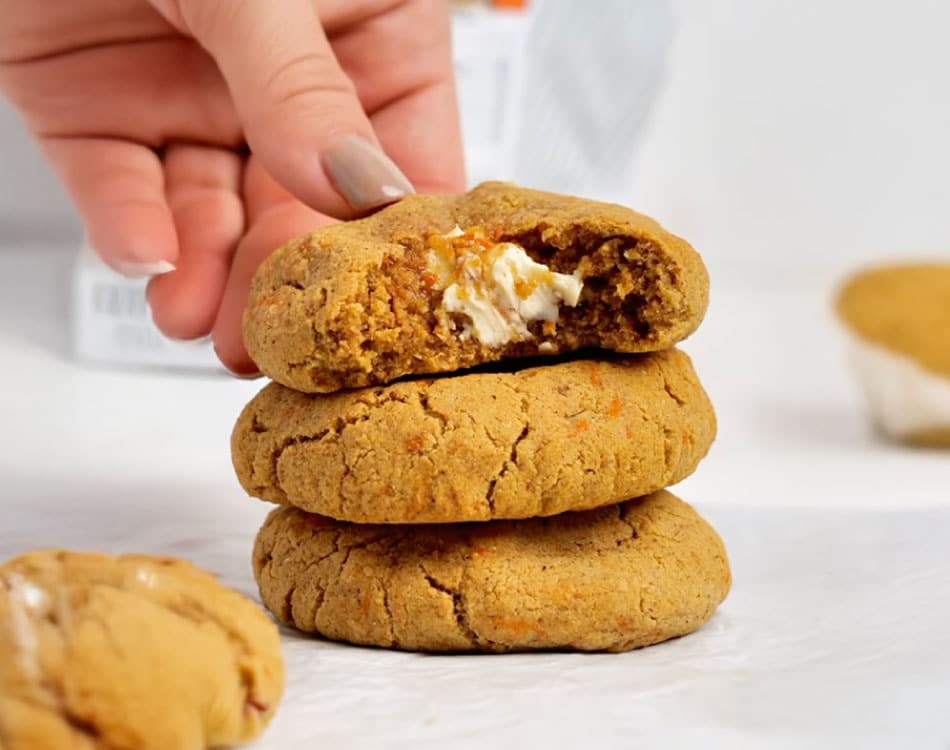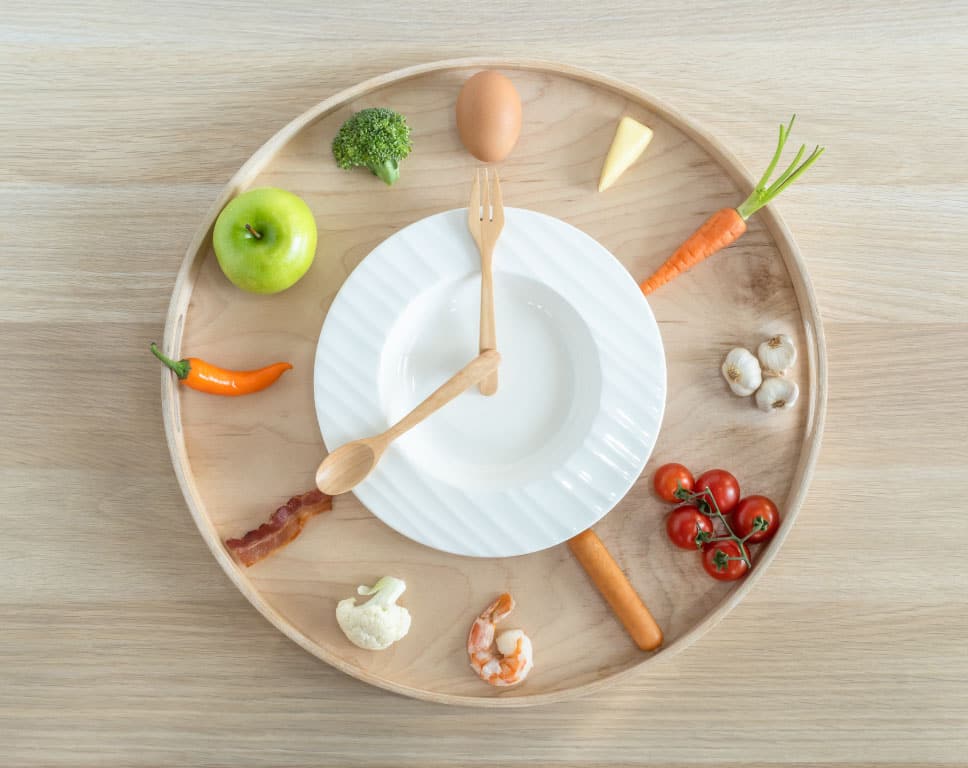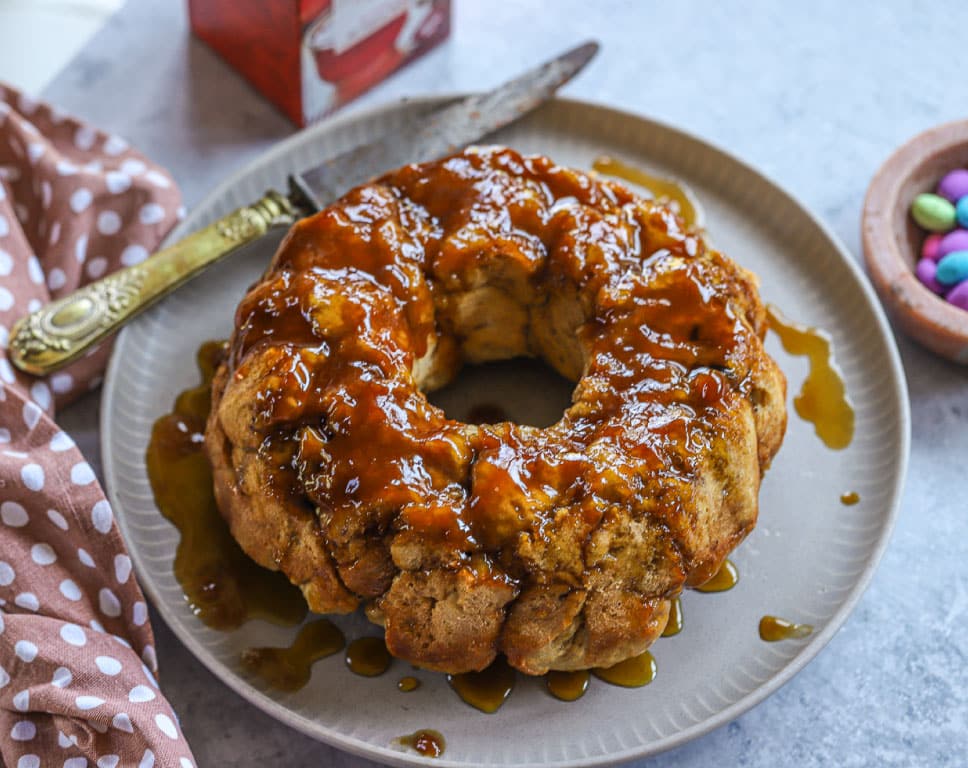Your metabolism is all the chemical reactions occurring in your body to sustain life, which is the primary way we burn energy. For this reason, finding ways to boost your metabolism can help you burn fat and lose weight.
Even when you are physically inactive, your metabolism is still at work. The amount of energy your body requires to support the processes that sustain life is called your Basal Metabolic Rate (BMR).
Your BMR depends on your age, genes, activity level, body weight, body composition, and gender. Your BMR, which accounts for the largest proportion – as much as 50–80% – of your daily energy expenditure.
READ MORE | 6 Ways To Naturally Boost Your Metabolism
A slowing metabolism
As we get older, we tend to lose muscle and gain fat. After a certain age, men and women undergo changes in their hormonal profile, which has various effects on our bodies.
This reduction in muscle mass lowers our BMR (also known as your resting metabolic rate, or RMR), which can cause weight gain or fat accumulation.
Other factors that can affect your metabolism include hormone imbalances, poor lifestyle habits, inactivity, and poor sleep, among others.
When it comes to your metabolism, there are certain things you can change to fire up your internal furnace to burn more calories throughout the day.
While some techniques have a greater impact than others, when it comes to weight loss, success is often a numbers game where consistent, incremental improvements eventually add up to big.
READ MORE | Crank Up Your Cardio With These High-Intensity Workouts
5 tips to boost your metabolism
1. Build more muscle
Muscle is metabolically active, which means it has a higher RMR than fat tissue, burning more calories throughout the day to fuel your activity and raises your metabolic activity even when you aren’t moving. As such, the more muscle you have, the more fat you burn daily.
Therefore, individuals with a higher proportion of lean muscle mass tend to have a higher RMR, which means they burn more calories at rest.
Strength training and resistance exercises are particularly effective at building and maintaining muscle mass. However, training is only part of the equation. You must also support muscle growth and development after training with proper nutrition.
Eating sufficient protein throughout the day (up to 1.6g/kg/day) and consuming a bioavailable source of protein, like a whey shake after training, supports muscle repair and development.
2. Train for the burn
Exercise, especially intense activity and weight training, raises our metabolic rate as the body works to repair the damage and restore the body to a state of homeostasis.
The resultant rise in metabolic activity is known as excess post-exercise oxygen consumption (Epoc) or the ‘after-burn’ effect you hear so much about.
Epoc is associated with elevated metabolism and increased secretion of growth hormone and noradrenaline, which help break down stored fat and increase its use as a fuel source. This after-burn effect can last from 48 hours up to three days.
The best way to boost Epoc entails training with heavy weights and exercising with intensity, whether its high-intensity interval training (HIIT) cardio, high-intensity weight training (HIWT), or metabolic conditioning (metcon) workouts.
3. Boost your active metabolic rate
Exercise is a great way to boost your calorie burn and build muscle, but there are many ways you can elevate your metabolic rate.
Non-exercise activity thermogenesis (NEAT), or non-exercise physical activity (NEPA), is the calories (energy) you burn simply living your life. This can include activities such as walking to lunch, pacing while on a cellphone, standing while you work on your laptop, climbing stairs, or working in the garden.
Revving up NEAT with basic daily activities might not sound like much but, cumulatively, it all adds up and will complement the other metabolism-boosting measures you are implementing to build a better physique.
4. Stoke the fire to boost the burn
Using a stimulant-based fat burner increases thermogenesis, which increases body temperature that boosts your metabolism throughout the day, helping you burn more calories, even when you’re not training, with more energy coming from stored fat.
By increasing your daily metabolic rate, you burn more calories, most of which comes from fat stores.
This makes them a valuable addition to any fat loss plan. Start on the lowest dosage and work your way up to assess your tolerance.
5. Improve your insulin sensitivity
Insulin is a hormone produced by the pancreas that plays a central role in regulating glucose and energy metabolism.
When we are insulin sensitive, our cells effectively respond to insulin by absorbing glucose from the bloodstream.
When someone develops insulin resistance, cells stop responding efficiently to this hormone. In response, the pancreas produces more insulin to achieve the desired result, but this impacts metabolism by inhibiting the fat-burning process (lipolysis).
High insulin levels suppresses the function of the lipase enzyme, which is responsible for breaking down fat. This prevents the release of fat from fat cells into the bloodstream.
You can improve your insulin sensitivity to positively impact fat metabolism through diet and exercise.
Following a low-carb diet can help stabilise blood sugar levels and reduce the frequency and magnitude of insulin spikes. When insulin levels are more stable, the body becomes more sensitive to its effects, which can enhance glucose uptake by cells.
Carb cycling or intermittent fasting offer additional dietary manipulation techniques that reduce the frequency with which we trigger insulin spikes throughout the day, which may help restore insulin sensitivity by reversing the adaptations that happen in response to a high carbohydrate intake and restores the body’s ability to use carbohydrates efficiently when they are available.
Regular exercise, especially resistance training, can increase muscle, which is the main storage site for glucose. As such, larger active muscles utilise glucose better, improving insulin sensitivity.
Exercise also makes muscles are more receptive to glucose uptake, partly due to increased insulin sensitivity following the physical activity to allow the body to more efficiently utilise carbohydrates consumed after a workout.
These five simple yet effective ways to boost your metabolism will prime your body to burn fat more efficiently and help you shed excess weight faster.















